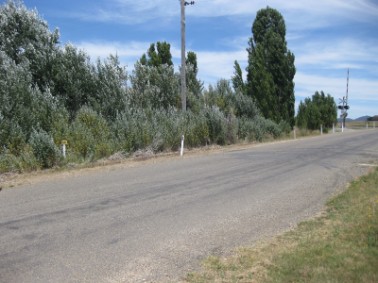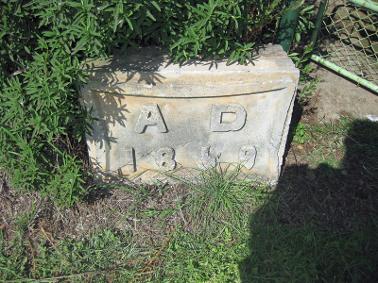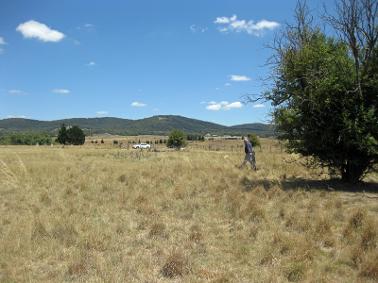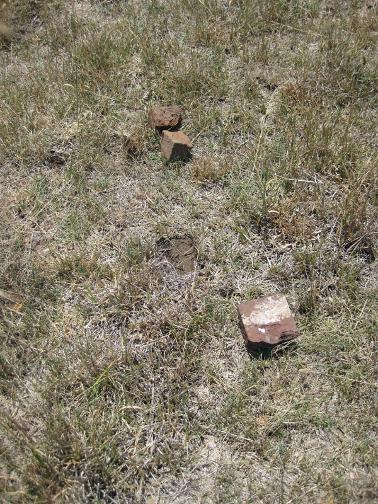Contrary to what EG Clancy states in his book Methodism in the Lilac City the chapel opened in 1859. Prior to the erection of the chapel, and commencing in 1847, services were held in the homes of local Methodists; prominent was Robert Neely (or sometimes spelt Neily). In the 1840s this was as frequently as fortnightly.
But even after the erection of the Bangalore Chapel, services were still being held at Mr Neely's home and Mr Huggart's in Thornford, from 1870-1875. This would appear to be due to the Methodism's commitment to 'supplying a means of grace to scattered populations' and the fact that travel from Mr Neely's home to the Bangalore Chapel was an additional 15 km for members of the congregation who may already have been a further 15 km distant and did not even own a horse.
EG Clancy states that the chapel was subsequently leased to the Education Department for use as a school in 1883, and rent was paid up to 1907. However the Dept of Education up to 1883, expected parents to provide the school building and the furniture, while itself was only responsible for the teacher, books and equipment. But after 1883 the Department undertook to provide all or part of the cost of the building. Therefore whilst the Department paid rent for the use of the Methodist Chapel from 1883 onwards, it is likely that the building was used as a school even before that, but rent was not paid. It is even possible that a primary reason for the erection of the chapel, was to provide a school building. This might explain why the building shortly after being erected fell into disuse as a chapel. Departmental records indicate that Bangalore School was in operation continuously from November 1868 to October 1906. November 1868 is about the time when the chapel was built.
The Bangalore school should not be confused with the Komungla School which was in operation from 1927 to 1945 on a site which is at the corner of Currawang and Komungla Siding Roads, and is now a designated Traveling Stock Reserve.
Church services were held in the chapel spasmodically until 1929 when it was sold and dismantled. The bricks were used to build nearby Lynwood cottage on land owned by the Brown family. The foundation stone has recently been discovered at this property. [See pic below.] The land was sold to Mr Faithfull.
Services were re-commenced in 1938, using the Komungla Hall, and again were held spasmodically up until 1957. Komungla Hall was a large tin shed on the left-hand side of the road immediately before the railway line, as you head south - 541 Currawang Rd. [See photo below left.] The hall has been demolished and is now overgrown with silver poplars. The hall was used for local school and social functions as well.
The Neely family lived about seven kilometres south on the Currawang Road on what is sometimes known as Pappins Corner (as that family lived on the opposite corner). Johnnie & Annie Pappin (siblings) who died in the 1960s were a family who 'did not even own a horse' and were known to walk into Goulburn in order to buy stores. Both Neely and Pappin families feature prominently in the cemetery, but no direct descendants still reside in the district. However the Browns, another prominent Methodist family, continue to reside in the area.
STOP PRESS: it would seem that the site of the chapel has been discovered - to the north-east of the cemetery, not the south as previously thought. Local historian, Ray Mooney has been instrumental in making the discovery. The pictures below/right shows the approx site with the cemetery seen in the background to the left of the photo. The bottom right pic shows detail of the brick rubble.



